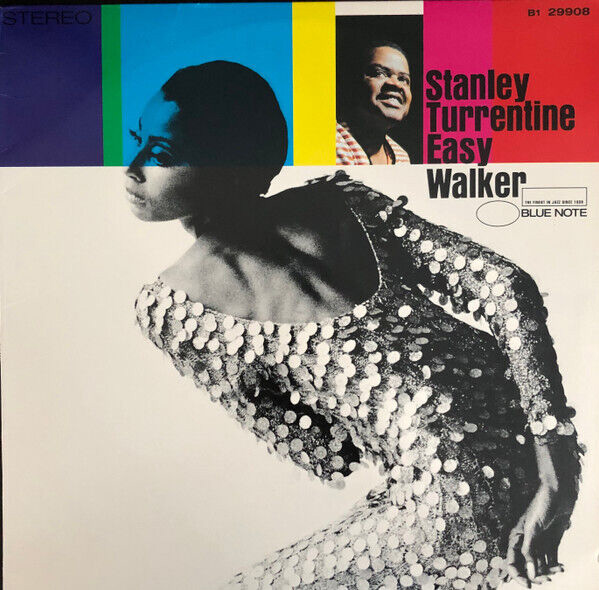| Columns Retired Columns & Blogs |
Though I do question your integrity when it comes to your claimed afro-haircut of the 1908's. I am sorry, but we will need to see this famed hairstyle, in a pic, on these pages, very shortly.
Technics really has come back with a vengeance! That SL1200G looks more attractive every day.

















































